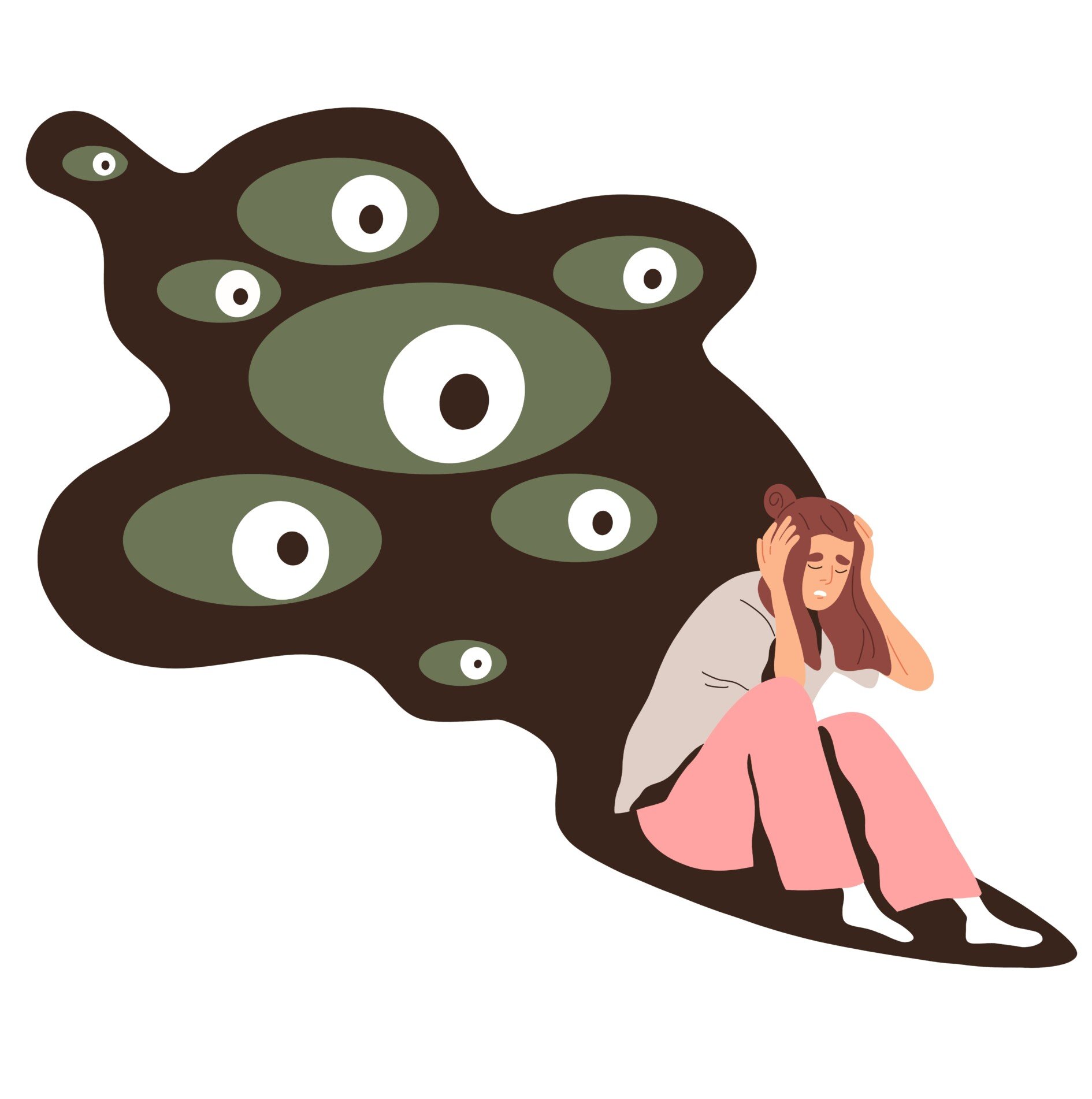Many of us are prone to jumping to conclusions—deciding something is true with limited evidence. This tendency might lead to mistaken assumptions in daily life, like misjudging someone’s intentions based on a single comment.
For years, researchers have speculated that this cognitive habit could play a role in the development of delusional beliefs. But a new study suggests the link may not be as strong as once thought.
A new study by Rose Doherty and colleagues, published in Clinical Psychology Review (2025), explores the relationship between a cognitive bias known as “jumping to conclusions” (JTC) and delusional ideation across clinical and non-clinical populations.

The authors found no meaningful relationship between the tendency to jump to conclusions and the strength of delusional beliefs.
This held true across both clinical populations with diagnosed psychosis and members of the general population who reported milder, delusion-like thoughts.
Delusional ideation refers to beliefs that are odd or implausible but fall short of clinical delusions. These can include suspicious thoughts or mild paranoia and are surprisingly common in the general population.
JTC, on the other hand, is a cognitive bias where individuals make decisions with very little evidence, often measured through reasoning tasks like the “beads task,” in which participants must decide which of two jars beads are being drawn from based on only a few pieces of information.
The researchers conducted a systematic review and meta-analysis of 42 studies published between 1988 and 2024, involving over 7,600 participants across four groups: general population, people with psychosis and current delusions, people with psychosis without current delusions, and clinical control groups with non-psychotic conditions.
They examined how individuals scored on delusional ideation questionnaires and how quickly they made decisions in various versions of the beads task and similar reasoning tasks.
Across both stages of their analysis, Doherty and colleagues found no consistent relationship between JTC and delusional ideation.
While people with active delusions tended to make faster decisions than the general population—a pattern consistent with earlier research—this was not associated with higher scores on delusional ideation scales in non-clinical samples.
In other words, simply having more intense or frequent odd beliefs did not predict more impulsive decision-making.
The study’s findings challenge a key assumption in the psychosis continuum model—the idea that symptoms like delusions exist on a spectrum from mild to severe and that similar cognitive processes underlie them at all levels.
If jumping to conclusions contributes to delusions in clinical settings, one would expect a gradual increase in JTC bias with greater delusional ideation in the general population. But this pattern was not observed.
This matters because it suggests that hasty decision-making may not directly cause delusion-like thoughts in people without psychosis.
Instead, the JTC bias might be more closely tied to other factors found in clinical psychosis, such as cognitive impairments or difficulties with memory and attention. These factors were not the primary focus of this study, but the authors note they warrant further investigation.
For clinicians and researchers, the findings imply that targeting the JTC bias in early interventions may have limited impact on preventing delusional ideation in non-clinical groups.
It also calls into question the effectiveness of reasoning training programs aimed at reducing JTC in the general population as a way to reduce paranoid thinking.
One reason for the lack of association could lie in how these cognitive processes are measured.
The authors point out that common tasks like the beads task may not accurately reflect real-life decision-making or belief formation. These tasks are intentionally abstract and emotionally neutral, which may strip away the contextual cues that trigger delusional thoughts.
Likewise, widely used self-report tools like the Peters et al. Delusions Inventory may not fully capture the nuances of belief conviction or distress in clinical delusions.
The study does have limitations. It focused on non-clinical measures of delusional ideation, which means the findings may not apply to people with more severe delusions assessed using clinical tools.
Moreover, although the researchers took data quality into account, some subgroups—especially those with active psychosis—were underrepresented compared to the general population samples.
Future research may benefit from using more ecologically valid tools—such as questionnaires based on real-world belief scenarios—or from examining how other factors like cognitive impairment influence decision-making in people with psychosis.
Still, the takeaway is clear: while jumping to conclusions is a cognitive shortcut we all take at times, it may not be a reliable indicator of who is prone to delusional thinking.
As the study’s authors conclude, the assumed connection between quick judgments and unusual beliefs needs to be reconsidered in light of the broader evidence base.
Citation
Doherty, R., Weber, N., Hillier, C., Ross, R., & Balzan, R. (2025). Jumping to conclusions and delusional ideation: A systematic review and meta-analysis across the psychosis continuum. Clinical Psychology Review, 120, 102618. https://doi.org/10.1016/j.cpr.2025.102618


